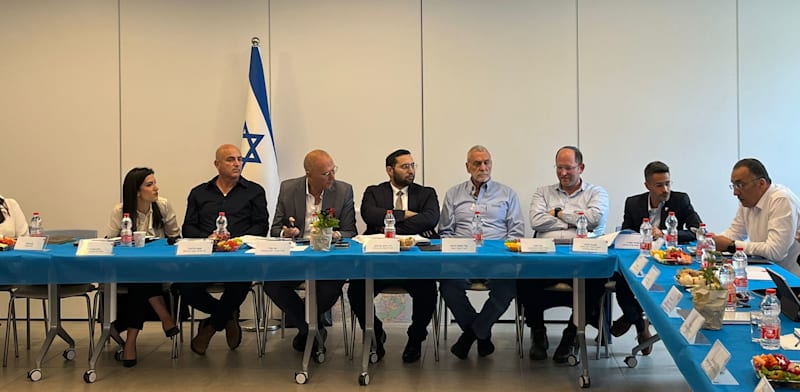A team of computer scientists at the University of Massachusetts Amherst has developed an AI framework called DISCount that can quickly detect damaged buildings in crisis zones and accurately estimate the size of bird flocks. This framework combines the speed and data-crunching power of artificial intelligence with human analysis to deliver reliable estimates from large collections of images. The research, published by the Association for the Advancement of Artificial Intelligence, has received an award for the best paper on AI for social impact.
“DISCount arose from two different applications,” says Subhransu Maji, associate professor of information and computer sciences at UMass Amherst. “We have been collaborating with the Red Cross to develop a computer vision tool for counting damaged buildings during disasters, while also assisting ornithologists in estimating bird flock sizes using weather radar data.”
Maji and his co-authors developed DISCount to address the challenges they encountered in accurately counting damaged buildings and bird flocks using traditional computer vision models. The framework allows for the analysis of large datasets to pinpoint specific features, such as birds or rubble piles, and count them efficiently.
“Our goal was to create automated tools that could be used by non-experts but still provide reliable results,” says Gustavo Pérez, lead author of the paper and a doctoral student at UMass Amherst.
DISCount revolutionizes the approach to counting problems by combining human expertise with AI capabilities. The framework leverages existing computer vision models to analyze large datasets and identify subsets for human researchers to review. Researchers can then hand-count specific features from these subsets, allowing the algorithm to extrapolate estimates for the entire dataset.
“DISCount outperforms random sampling for the tasks we studied and offers researchers the flexibility to choose the best AI approach for their needs,” explains Pérez. “Additionally, the framework provides a confidence interval, enabling researchers to assess the accuracy of their estimates.”
“Our simple yet innovative idea of combining human and artificial intelligence has resulted in a tool that is faster, more comprehensive, and more reliable than either approach alone,” adds Dan Sheldon, associate professor of information and computer sciences at UMass Amherst.






















